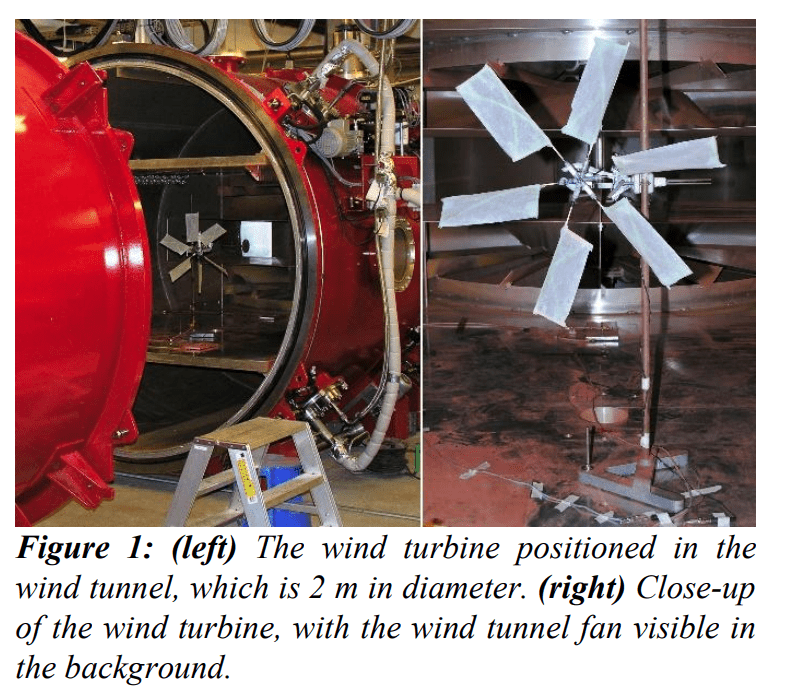A new study has shown that wind energy can be harvested on Mars, despite the Red Planet’s extremely thin atmosphere and hellish sandstorms.

In this artist’s illustration, NASA’s Phoenix Mars Lander begins to shut down operations as the sunless winter sets in. Image Credits: NASA/JPL-Caltech/University of Arizona.
Black sails for red sands
If we are to have a manned mission to Mars, energy is of the essence. In most cases, you’d rely on energy from the Sun, but that’s not possible in all areas on Mars — this is where wind energy steps in.
“The optimal locations for this type of power production are areas where the sun doesn’t always shine, but winds will blow, such as latitudes poleward of the polar circles,” the researchers wrote.
The problem is that the atmosphere on Mars isn’t really wind-friendly. For one, it only averages about 0.6% of Earth’s mean sea level pressure, which makes it incomparably thinner. Secondly, the atmosphere also hosts devilish sandstorms, which can be devastating for equipment.
But now, researchers have shown that even in these unfavorable conditions, wind energy can be harvested.
Blowing in the wind
“For now, we can say for the first time and with certainty, that, YES, you can use wind power on Mars!” the researchers, led by Christina Holstein-Rathlou of Boston University’s Center for Space Physics, wrote in the study.
Along with her colleagues, Holstein-Rathlou carried out simulations at the Wind Tunnel Simulator II, located in Aarhus, Denmark. The tests first started out in 2010 but were only recently presented at the Mars Workshop on Amazonian and Present Day Climate in Lakewood, CO last week.
If researchers want to send missions to the polar areas of Mars, standard power sources wouldn’t work well. For once, the missions wouldn’t have access to sunlight about half of the year, and the heat expunged by a radioisotope thermoelectric generator (the device that powers NASA’s Curiosity Mars rover and many other deep-space explorers) would significantly impede some science experiments. So researchers are considering having a wind turbine which they would use in conjunction to solar panels. The energy would be stored in customized batteries and used whenever necessary.
“The optimal locations for this type of power production are areas where the sun doesn’t always shine, but winds will blow, such as latitudes poleward of the polar circles,” the researchers write.
This extra source of energy could also allow Mars landers to be larger in size. Previously, energy has been a critical limitation in the size and capabilities of rovers and landers. A suite of studies are still required before turbine-toting probes are ready to launch toward Mars, the team stressed, but these are definitely encouraging results, which pave the way for new avenues of Martian missions.










